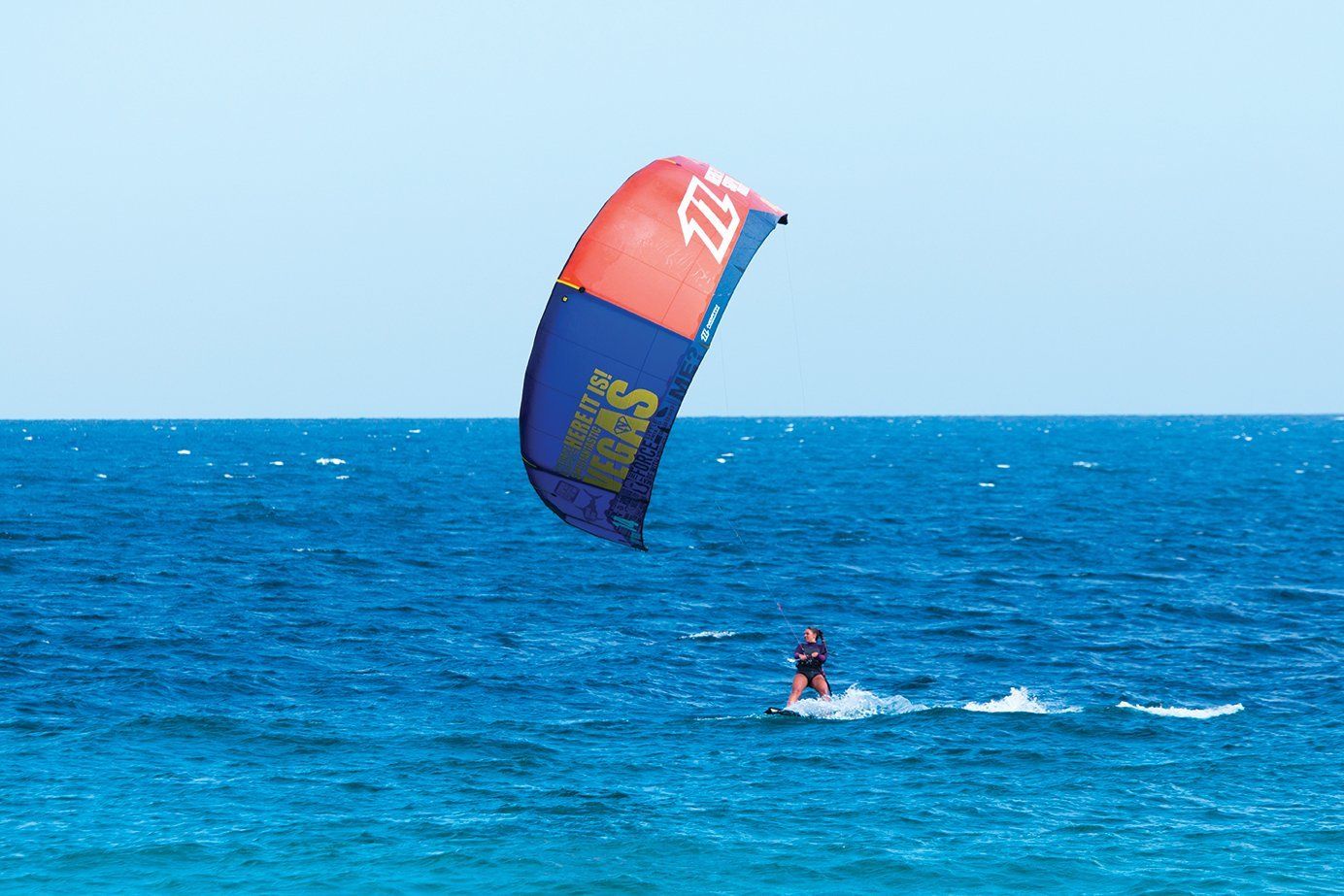The world’s aquarium
- The Sea of Cortez supports more than 900 varieties of fish and more than 2,000 species of marine invertebrates, and is home to many species that exist only within its waters.
- Described by Jacques Cousteau as the “world’s aquarium” and the “Galapagos of North America”.
- The Sea of Cortez offers its visitors striking natural beauty with turquoise waters that contrast with desert landscapes and pristine beaches.
- It is an ideal setting for exploring marine and desert ecosystems, scuba diving, snorkeling, kayaking, surfing, sportfishing, camping, sailing and cruising.
- Numerous species of whales frequent the waters of the Sea of Cortez during migration and breeding (November to April), including the world’s largest animal, the blue whale.
Jacques Cousteau Island
- An uninhabited island located off the coast of the Cerralvo Channel northwest of East Cape.
- There is abundant marine life surrounding this island due to underwater topography and ocean currents.
- Virtually all local marine life must migrate past the island and water visibility increases to 30 meters making it a prime location for big game fishing and diving.
East Cape
A lovely and largely unspoiled region
- East Cape stretches from San Jose del Cabo northward to Los Barriles community along 100 miles of pristine coastline on the Sea of Cortez.
- An area of white sandy beaches with warm, crystal clear waters that make for excellent diving, some of the world’s best sportfishing, snorkeling, world class windsurfing and kiteboarding.
- The area is home to several beautiful resorts, a living coral reef and mile after mile of exceptionally beautiful, and sometimes, well-hidden beaches, where the flowering desert, towering mountains and lush foliage contrast with the turquoise waters of the sea.
- The remoteness was the appeal in the early days, as it remains to this day. The burgeoning area is perceived as being much more laid back than the glitzy nearby resorts of Cabo San Lucas and San Jose del Cabo. Much of the East Cape is like a different world than that of the Los Cabos resorts which are so near, yet seem so far away. “This is how Los Cabos was twenty years ago” is often heard when discussing the tranquility of the East Cape.
International media has highlighted the appeal of East Cape
“A place where you can truly relax and enjoy the simple pleasures of life and marvel at the beauty of nature”
– Forbes Magazine
“The blue-green Sea of Cortez is a dream come true for snorkelers, fishers, divers, and windsurfers. For those who prefer to keep their feet planted firmly on the ground, horseback riding and biking are two popular options. And hiking along the picturesque ravines and exploring waterfalls in the untamed Sierra de la Laguna mountains are adventures that ought not to be missed”
– Robb Report Magazine
THE NEXT PLACE TO BE
- As one of the most prominent resort destinations in Mexico, Los Cabos will continue to thrive in the years ahead.
- The new developments along the Corridor have stimulated investors who remain confident and committed to the market’s potential as evidenced by the number of the new pro-jects under construction.
- Since the oceanfront land is becoming more scarce in the Los Cabos Corridor due to the dynamic development trends, developers and hospitality companies that want to enter the South Baja market or expand their brand will actively begin looking in this region.
- The Los Cabos demographic and buyers are showing interest in moving away from the norm, in search of lifestyle-driven communities with affordable and quality real estate product, and all the amenities and activities also found in Los Cabos.
- The addition of new resorts along the coastline of Los Cabos and the Corridor, and recent purchases from local Real Estate brokers in the Cabo area as an investment vehicle, are two good indicators that real estate and resort offerings are sprawling north towards the East Cape.
- The announcement of the nearby opening of the Four Seasons Resort Los Cabos at Costa Palmas in East Cape, is a vote of confidence for and has squarely landed the region on the map for future growth.
CABO PULMO
- The Cabo Pulmo National Marine Park is located about 40 miles north of San Jose del Cabo within East Cape.
- The abundant coral growth on the rocky reefs provides shelter and food for countless colorful reef fishes, many of which are found nowhere else in the world.
ECOTOURISM
The confluence of the Colorado River, the huge underwater canyons of the Sea of Cortez and the strong currents of the Pacific Ocean has created a plankton-rich environment in the waters around Baja that supports an extensive food chain and, in turn, an amazingly diverse aquatic culture.
Inland, the combination of five mountain ranges, most notably the Sierra de Juarez in the north and the Sierra de la Giganta in the south, constitute the backbone of the peninsula and contain the petroglyphs of some of the peninsula’s first inhabitants, dating back around 1500 years. Inhospitable desert stretches away from these mountains to marshland, mangrove-lined rivers, coastal dunes and miles of untouched beaches.
Ecotourism is quickly becoming an economic force in Baja California, from whale watching excursions, scuba diving, cave painting tours to mountain biking. There is something for everyone at any ages.
LOS BARRILES
- Los Barriles is a laid back community of fishing resorts, some great restaurants, a growing number of upscale residential communities, and also some of Mexico’s best wind surfing during the winter months.
- Founded in 1930, it is a picturesque enclave that strives to be a welcome environment for locals and visitors alike, enjoying good eats, great cocktails, and a one-of a kind natural setting.
- The beaches are incredible with an average water temperature near 80 degrees Fahrenheit all year long.
- Los Barriles is a sportfishing community home to more than 400 fishing boats with several renowned tournaments every year.



